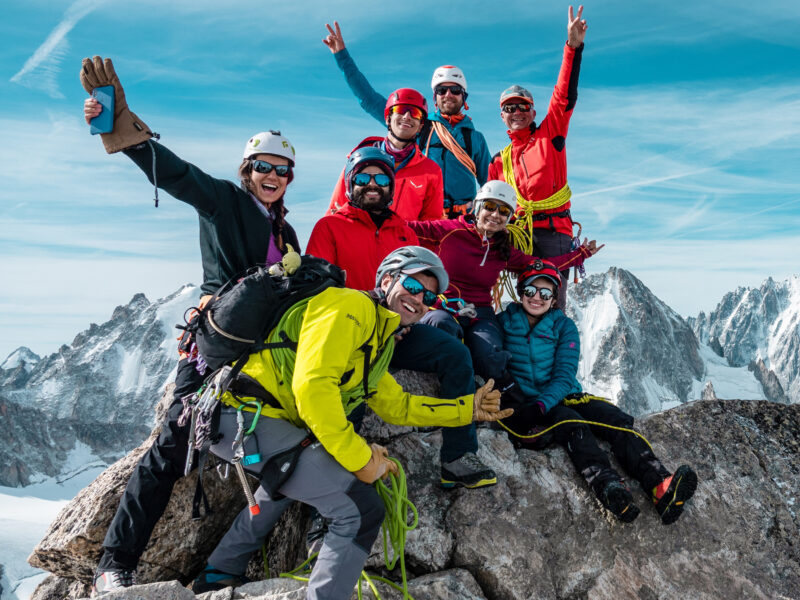BY Hazem El Shamy | June 22 2025
How Long Does the Gokyo Lakes Trek Take?

There’s a moment on the Gokyo Lakes Trek—usually around the time you’re standing above the fifth lake, gazing at the turquoise water as Cho Oyu looms silently behind it—when you forget time exists. The rush of modern life fades, and you start to measure the days not by hours, but by sunrises, footsteps, and the altitude gain on your legs.
Still, if you’re planning this journey, it helps to know what you’re signing up for.
The Short Answer
Most people complete the Gokyo Lakes Trek in 12 to 14 days. That includes the trek in and out, acclimatization days, and the occasional weather-related delay. But this isn’t just a number—it’s a rhythm. It’s the pace that lets your body adapt to altitude, your mind soak in the landscape, and your spirit open up to the Himalayas.
Altitude Changes Everything
The real reason this trek takes two weeks? Altitude. You’re climbing well above 5,000 meters, and rushing that is never a good idea. The Gokyo trail is remote, exposed, and stunning—but it demands respect. Spending extra days acclimatizing isn’t just smart—it’s part of the experience.
Can You Do It Faster?
Yes—but it’s not recommended. Some experienced trekkers condense it into 10 or even 9 days, but that usually comes at the expense of acclimatization and flexibility. Altitude sickness doesn’t care how fit you are. Slow is strong in the Himalayas.
Weather Might Slow You Down
Flights to and from Lukla are weather dependent. That means you should always buffer 1-2 extra days into your schedule. Think of it as built-in adventure time—maybe in the alleys of Thamel, maybe with a coffee overlooking Namche, maybe stuck in a foggy Lukla teahouse with other travelers sharing stories. Either way, it’s part of the journey.
So, How Long Should You Plan For?
12–14 days if you’re trekking to Gokyo and back
17–18 days if you’re combining Gokyo with Everest Base Camp via Cho La Pass
Add 1–2 days for weather or delays
Final Thoughts
Gokyo isn’t just a trek—it’s a pilgrimage to stillness. To solitude. To a side of Everest that’s quieter, wilder, and often more rewarding than the main trail. Give it the time it deserves.
Climb on!
About The Author
Hazem is an avid high altitude mountaineer and adventurer that has helped lead hundreds of climbers to summits across the Himalayas, Andes, Atlas, and Caucus mountain ranges. He believes that inspiration is best served on a sharp ridge 6000 meters up in the sky, and is committed to making big mountain goals more achievable to the everyday climber.
About Life Happens Outdoors
At Life Happens Outdoors, we believe in the power of nature to transform lives. As proud members of the Adventure Travel Trade Association (ATTA) and the World Travel & Tourism Council (WTTC), our team of certified guides and outdoor professionals is committed to the highest standards of safety, sustainability, and excellence.
Discover more about our story and mission on our Meet LHO page, or explore our curated adventures such as the Tour du Mont Blanc Trek, the Climb of Kilimanjaro, and Chasing the Northern Lights.















